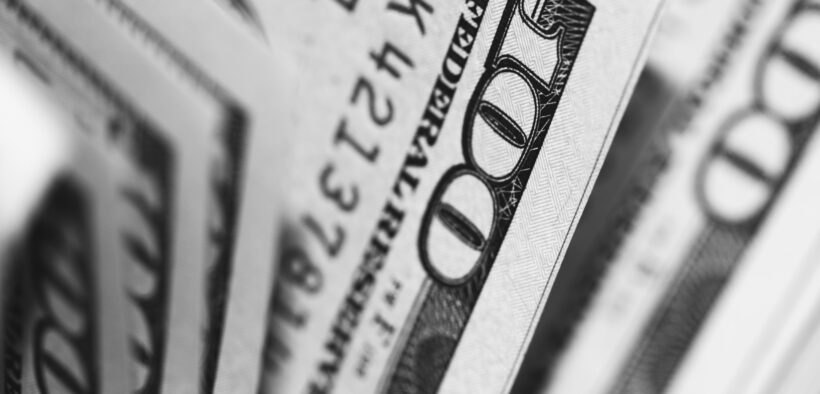Bloomberg: Surge in Giving to Donor Advised Funds Helps the Wealthy, Not the Poor

The debate has raged for years. Are Donor Advised Funds spurring unprecedented philanthropic giving? Or do they simply allow the wealthy to amass immediate tax benefits while delaying the transfer of funds to working charities and avoiding government oversight?

We’ve followed the debate for years. (For example, see here and here.)
Bloomberg, the business media company, dove into the data. Three reporters analyzed 990 forms filed by private foundations since 2016 to create a database of 4.6 million charitable grants and match those grants to DAFs.
Bloomberg’s bottom line: “A small but growing number of wealthy Americans [have] discovered how to bypass rules designed more than a half-century ago to ensure philanthropists stay accountable for the billions of dollars in tax breaks they receive each year.”
DAFs are “so flexible that charitable dollars can sit in one indefinitely, and so opaque that no one needs to know either way.” These financial vehicles offer “loopholes” that allow the wealthy to “bypass” and “sidestep” federal rules on philanthropy that were “designed to make sure the wealthy donate money to the needy in a timely fashion, not delay the gifts for generations,” Bloomberg reported.
For example: When Elon Musk, the world’s richest person with a net worth of nearly $240 billion, faced huge tax bills, he created a $3 billion foundation that met its giving obligations by moving tens of millions of dollars to DAFs. “It may be years, if ever, before taxpayers can see where the donation went,” reported Bloomberg.
Another example: Hedge fund manager Stephen Mandel’s Zoom Foundation sent $336 million to Fidelity Charitable, the world’s biggest DAF, and thereby the world’s biggest grant maker, but lists zero grant recipients receiving any funding from the foundation.
Access to MinistryWatch content is free. However, we hope you will support our work with your prayers and financial gifts. To make a donation, click here.
Robert and Rebekah Mercer’s Mercer Family Foundation has given millions to political groups through Donor’s Trust, which makes donations secretly, protecting the Mercer’s privacy and avoiding the protests they faced in the past for using charitable funds for partisan activism.
Here are additional highlights from Bloomberg’s 4,000-word report.
Giving to DAFs is growing rapidly
In 2009, only 3% of Americans’ individual giving went to DAFs. By 2020, it was 15% of giving.
“At least $4 billion flowed from foundations into large sponsors of DAFs, including those established by Charles Schwab, Fidelity, and Vanguard, according to the review of more than 360,000 filings submitted to the Internal Revenue Service since 2016,” Bloomberg reported.
Americans have opened more than a million DAF accounts, which held $160 billion in 2020, an 85% increase over 2016.
U.S. taxpayers are paying for tax breaks for the rich
“In 2022, US taxpayers will hand those earning more than $1 million almost $30 billion in charitable incentives, according to the congressional Joint Committee on Taxation. Donors collect billions more from state and local tax breaks,” Bloomberg reported.
Little money goes to working charities
Bloomberg cited some investors who funnel money into DAFs without establishing any charitable purposes or funding any working charities. “Some of the biggest recipients of grants from the funds are other funds, as donors shift money from one sponsor to another,” the report found.
Congress imposed a 5% payout rule in 1969 to combat the hoarding of charitable money in foundations, but DAFs circumvent that rule. Many nonprofit leaders are upset, but don’t know what they can do about it. As one expert said, “nonprofits never want to do anything that would be offensive at all to a donor or foundation.”
Financial firms see windfall
Major financial firms that have established DAFs are taking advantage of a newfound opportunity to collect fees.
“More than half of Fidelity Charitable’s $50 billion in assets sat in Fidelity products in June 2021,” Bloomberg found. “Those investments would generate about $90 million in management fees annually based on current fund expenses. That’s on top of administrative fees that start at 0.6% of assets a year and decline for larger accounts.”
Republican Senator Chuck Grassley of Iowa introduced a bill last year that would have enforced a 15-year limit on tax-deductible dollars in the funds. “Charitable dollars ought to be doing the good they were intended for, not sitting stagnant to provide tax advantages for some and management fees for others,” he said.
That bill has gained little traction, but the Biden administration is promoting a change that would prevent foundations from using DAFs to satisfy the 5% rule, unless they can show the money reaches charities by the end of the following year.



